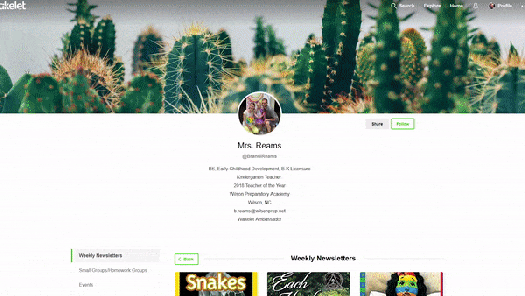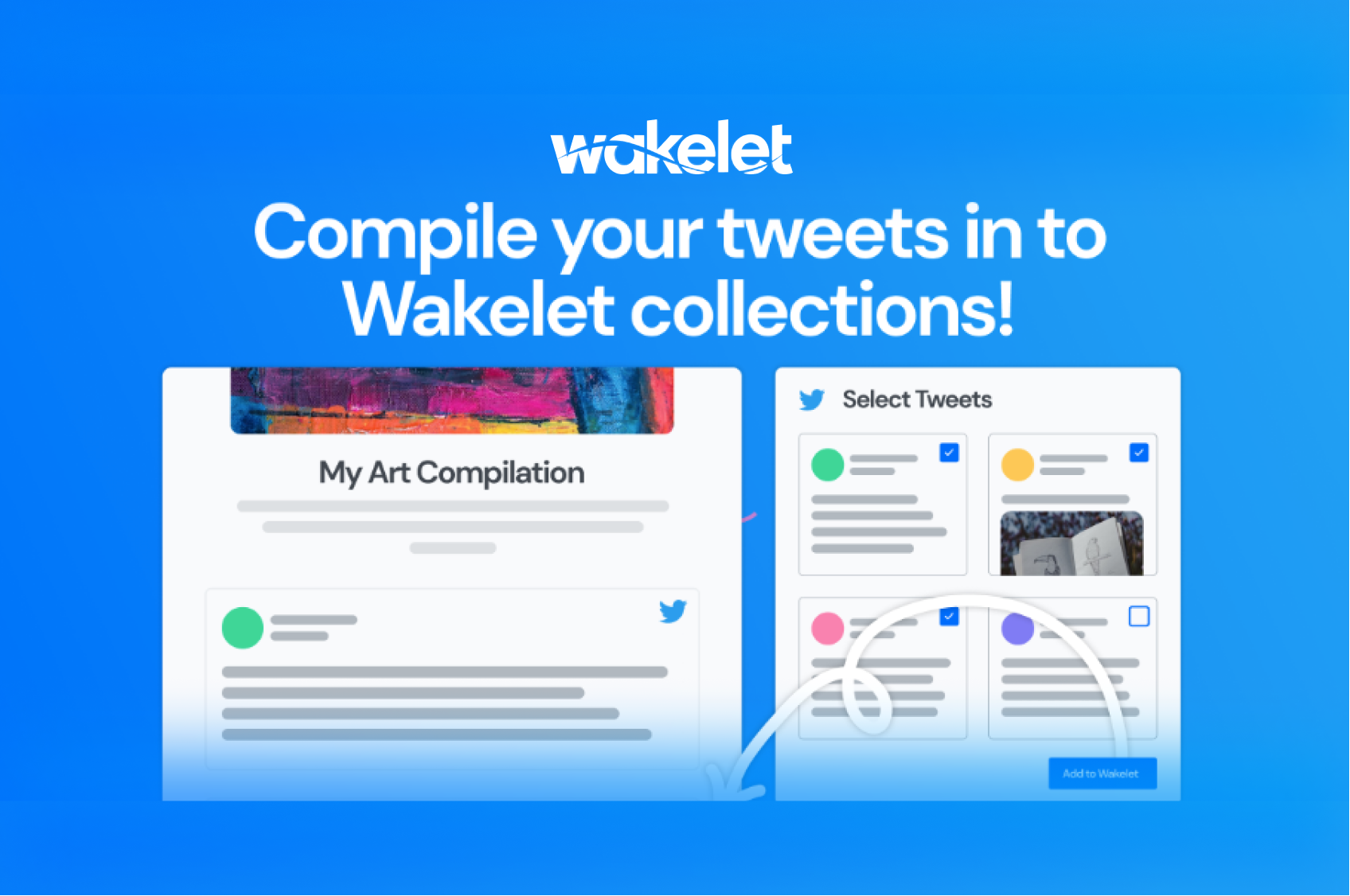Why content curation is an essential 21st century skill
As we approach information overload, the ability to curate is becoming more and more important. Verity Hogan explains why content curation is now an essential 21st century skill
Curators don’t just belong in museums.
The perfect mixtape. An immaculate bookshelf. A capsule wardrobe. Whether we’re trying to choose the best Instagram shot to make the main grid or building a watchlist on Netflix, we’re all constantly curating.
But it’s not an inherent skill. Many of us struggle with being selective. It can be very difficult to decide between the things we need and those we can leave aside. It gets even harder when we’re asked to justify those decisions.
And the more we rely on the Internet for information – and as the amount of content available online continues to increase – the more important curation becomes. Being able to select, organize and give context to content is fast-becoming an essential skill.
Content curation and the workplace
Content curation is especially important in the workplace. We may be asked to present research to the rest of the team or to secure budget for a new initiative, but if we can’t present the right information, in the right order, it’s unlikely we’ll be able to tell a convincing story.
Not only that, if we can’t curate, how will we be able to decide which of Google’s millions of results will answer our questions best?
Instead, we’ll be left at the mercy of algorithms, letting technology tell us what’s important based on keywords and page ranking. We could easily fall victim to ‘fake news’ or misleading opinions presented as fact.
We are the only ones who can truly determine whether something is valuable or not; humans, not computers. Only we can decide whether an opinion is insightful or an article cites enough sources to make it worth sharing with colleagues. Being able to do this, to filter through a mass of information and extract the content that matters is a skill that can’t be underestimated.
Content curation in education
The best way to learn the skill of curation is to start early.
Teaching students to challenge the information they’re presented with, assess it critically and be able to explain the conclusions they draw will leave them equipped to tackle the demands of 21st century workplaces.
And, as an added bonus, it’s a skill that also incorporates the four Cs; it encourages creativity and communication and stimulates critical thinking and collaboration.

If you’re hoping to start teaching curation in the classroom, Wakelet’s collaboration feature is a great place to start. You could create a collection on a class topic and then invite your students to add the content they think is most useful, whether that’s an article, blog post, video or image. They could even include Flipgrid videos explaining their choices!
You could also task students with telling the story of an event using just 10 pieces content from across the web. This forces them to be selective about the information they include, the order they present it in, and the notes they add alongside.
Ultimately, the more content curation activities a student completes, the faster they’ll hone the skill and the easier it will be for them to discern whether content is valuable or not.


